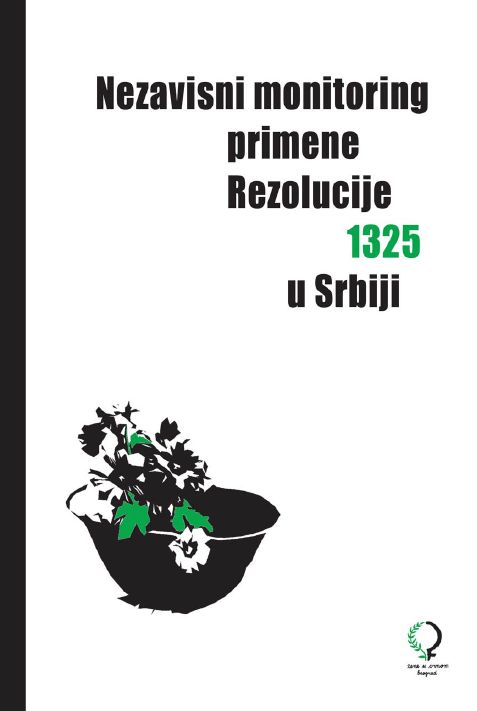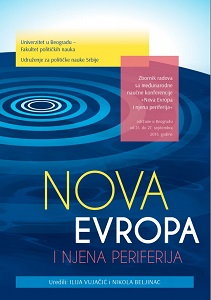
We kindly inform you that, as long as the subject affiliation of our 300.000+ articles is in progress, you might get unsufficient or no results on your third level or second level search. In this case, please broaden your search criteria.

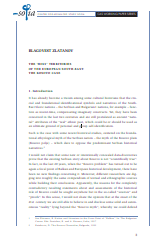
The goal of the current text is to study the changed meanings and functions of museums in Hungary, Romania, and Bulgaria after 1989. Focusing on a set of most representative examples of museum representations in these three countries, the article will explore how these institutions refl ected the changes of 1989, how they dealt with the ambivalences arising in the period of ‘transition,’ and how they developed new narratives of the past in a ‘post-socialist mode.’ The paper will refl ect on the major challenges faced at the attempts to represent the recent past in museum forms: the pluralization of memory and the ensuing symbolic struggles; the fragmentary and often unjustifi ed actions for making new uses of the inherited historical and visual material; the attempts for sublimation, displacement, and forgetting of the recent past; the shifting from the memory of socialism to the realm of show business, entertainment and tourism, etc. Taking its launching point from the relationship between memory, institutions, and public space, the article will demonstrate how the museum practices in the three countries faced the crisis of the historical narratives after 1989, and how they responded to this crisis: by a leaning towards nationalism, by discourses of communal martyrdom; by abortive attempts, or a refusal, to supply a historical representation.
More...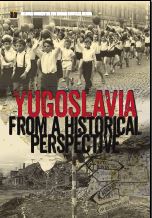
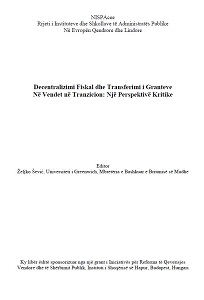
The end of the 1980s was marked by the fall of communism in Central and Eastern Europe, symbolically indicated by the fall of the Berlin Wall. The former communist countries then entered the process that later became known as transition (see the literature in Ńević, 1999). This term attempts to capture the fact that the process would lead to the complete transformation of the (former) socialist regime, in contrast to the “reforms” often initiated in socialist countries that had failed to bring about change, and that they did not highlight the main flaw of socialism (see: Ńević, 1999). Transition was understood as a social change that had many dimensions: economic, political, social, etc.
More...
In the late 1980s, shortly before the start of the transition period, two levels of public administration (local and regional) operated, but both were controlled by the state. The system was considered to be too centralized and costly and on the other hand was neither efficient nor creative for local and regional representatives. The process of political and economic transition, which began in 1989, was a major challenge for the revival of local autonomy. One of the strategic goals of the local government reform in 1990 was the implementation of the decentralization of state power.
More...
The Republic of Estonia has a population of 1.341 million (January 2008), spread over an area of approximately 45,227 square kilometers. Since regaining independence in 1991, Estonia, compared to other CEE countries, has pursued a unique and radical reform strategy to create a functioning democratic state. The reforms have had a strong market-oriented focus. The absolute size of GDP per capita is relatively modest: EUR 17,600 in 2007. Estonia has experienced steady economic growth since 2007, when it reached 7.1 percent. In 1996, GDP per capita in Estonia reached approximately 34.8 percent of the EU25 average, and when Estonia joined the EU in 2004, GDP per capita reached 51.2 percent of the EU25 average, at an average of EUR 6,266.6 at current exchange rates. In 2007, GDP per capita in Estonia in Purchasing Power Standards was approximately 70.8 percent of the EU27 average (Eurostat 2008).
More...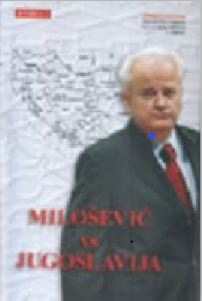

Despite the diplomatic, military and political defeat of the Greater Serbia project of Slobodan Milose-vic's regime, despite the fact that he is answering to the international tribunal today for crimes commit-ted in his conduct, crimes involving genocide in Bosnia, myths created by Milosevic's propaganda in an attempt to conceal their tracks, they survived in significant parts of the Serbian public to this day.
More...


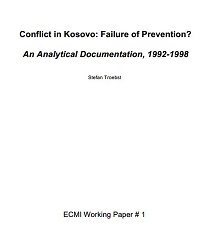
The editorial deadline for this documentation was 9 March 1998--the day the Contact Group on Bosnia-Herzegovina emerged as the main international forum to deal with the Kosovo problem in its »new” and much more pressing form. The term Kosovo refers to the administrative unit in the South-western corner of the Republic of Serbia within the Federal Republic of Yugoslavia (FRY) – a territory of 10,887 square kilometres called Kosova or Kosova dhe Rrafshi i Dukagjinit in Albanian and Kosovo or Kosovo-Metohija (abbreviated Kosmet) in Serbian. The author is indebted to colleagues in three institutions and networks dealing with the Kosovo conflict he has been or is part of: (1) The »International Commission on the Balkans,” founded in 1995 by the Carnegie Endowment for International Peace and the Aspen Institute Berlin; (2) a group of contributors to a »Kosovo Policy Study” in the framework of the Conflict Prevention Network of Directorate General 1A of the European Commission at Brussels set up in 1997; and (3), a group of intellectuals from Prishtina and Belgrade as well as external experts brought together for the first time in 1996 by the Bertelsmann Science Foundation and the Research Group on European Affairs at the Centre for Applied Politics of the Ludwig-Maximilian University of Munich. Farimah Daftary, Kinga Gál, Priit Järve, and William McKinney of ECMI have been supportive—and creative--in searching for documents and materials
More...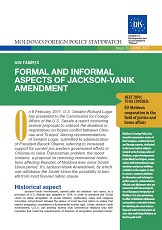
On 8 February 2011, U.S. Senator Richard Lugar has presented to the Commission for Foreign Affairs of the U.S. Senate a report containing several proposals to unblock the deadlock in negotiations on frozen conflict between Chisinau and Tiraspol. Among recommendations of Senator Lugar, submitted to administration of President Barack Obama, referring to increased support for current pro-western government efforts in Chisinau to solve Transnistrian problem, the report contains a proposal on removing commercial restrictions affecting Republic of Moldova ever since Soviet Union period. It’s Jackson-Vanik Amendment, by which one withdrawn the Soviet Union the possibility to benefit from most favored nation clause.
More...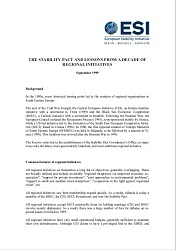
As the period of reconstruction and stabilisation draws to a close, the Western Balkans is facing a looming crisis of social and economic dislocation which puts at risk some of the European Union’s most important interests in this strategic region. The crisis is emerging just as existing European assistance is being scaled down, and just as the countries of the region find themselves excluded from the European enlargement process. If the region is not to become an island of instability within the European project, existing European policy instruments need to evolve into a genuine and long-term commitment to address the region’s chronic economic and social problems. The European Union should send a strong signal to the countries of the Western Balkans that the promise of Europeanisation is not an illusion.
More...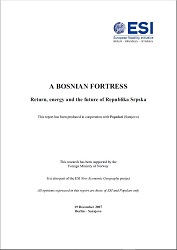
Twelve years after its own vicious war, Bosnia and Herzegovina has changed tremendously. It has seen the large-scale return of displaced persons, the return of property and a comprehensive process of demilitarization. Freedom of movement has been restored. Interethnic violence has disappeared. New institutions at the state level govern an increasingly integrated single market. The changes that have taken place in Bosnia over the past twelve years have been no less profound than those which transformed Western Europe in the 12 years after World War II. || This report investigates conditions in a municipality in Republika Srpska on the former frontline that was once infamous as a hotbed of (Serb) nationalism. Doboj, divided by the war and today split into four parts, has long been a mirror of wider trends. Ten years ago, Doboj was notorious as a centre of hard-line nationalism. The Bosniak and Croat villages in the vicinity had been ruthlessly destroyed. The few remaining non-Serbs were under intense pressure to leave. The SDS (Serb Democratic Party), founded by indicted war criminal Radovan Karadzic, held Doboj firmly in its grip. There was little reason for hope that the multiethnic life of this region could ever be restored.
More...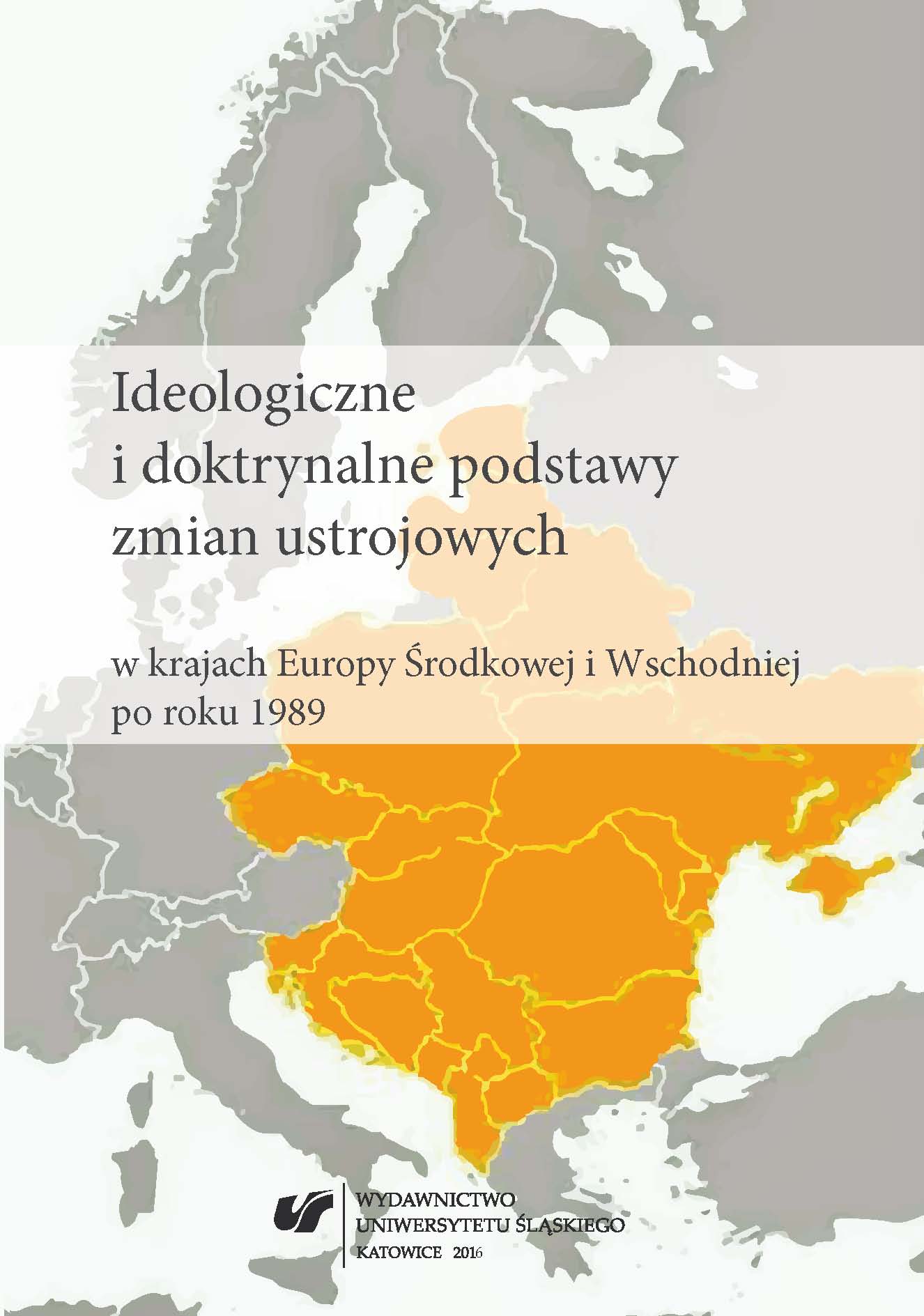
The article touches upon the issue of the development of the ideological framework of political parties and other political organizations of the radical right in Central and Eastern Europe after 1989. The main aim of the author is to attempt a comprehensive description of the beliefs of the organizations in question in the light of the postulates of the so-called “Third Position,” perceived as an alternative to both liberalism and communism. The article focuses primarily on two spheres of the political life, i.e. economy and social issues. Such an innovative look at the ideological framework of the far right can, in turn, influence the perception of those political parties and organizations, both in political science as well as other social sciences.
More...
The aim of the article is to analyze the activity and ideological foundations of Ukrainian right-wing parties, on the basis of a case study of two such parties: Svoboda and Right Sector. The author concludes that the Ukrainian right-wing organizations consistently support Ukraine’s integration with the rest of Europe, seeing in that endeavor a guarantee of freedom and independence for Ukraine. The Ukrainian right-wing parties draw ideologically from the Ukrainian national traditions and the legacy of the Ukrainian independence movement that inscribes itself into a larger European tradition.
More...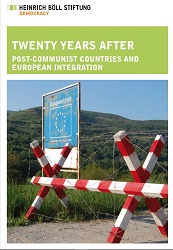
In the words of the Polish journalist and dissident, Adam Michnik, 1989 was Europe’s annus mirabilis. The peaceful revolution of that year was a miracle effected by the people in central and eastern Europe. Hardly any one (and certainly no western head of state or politician) had foreseen that a popular movement active in different countries would, in just a few months, topple socialist regimes and force the mighty Soviet Union to retreat behind the borders of Russia. There was Ronald Regan’s legendary call “Mr. Gorbatchev, tear down this wall!” made in June 1987 as he stood at the Berlin Wall but neither U.S. diplomats nor European governments took it seriously and some did not even want it: to them two Germanys was preferable to one.The contributors to this publication do not just look back with pleasure to those euphoric days when the people of central and eastern Europe overcame the continent’s division but they have also made sober assessments of the intervening period. What have been the results of 1989? How far have the expectations of the time been fulfilled and where have they been disappointed? What role has the example of the European Union played in the last twenty years? Where do the post-communist countries of central and eastern Europe as well as those of the Western Balkans now stand in Europe? What effect has all this had on “old Europe“, those members of the European Union whose historical experience took place on the other side of the Wall? In what way has the accession of post-communist countries influenced the European Union and its policies?
More...